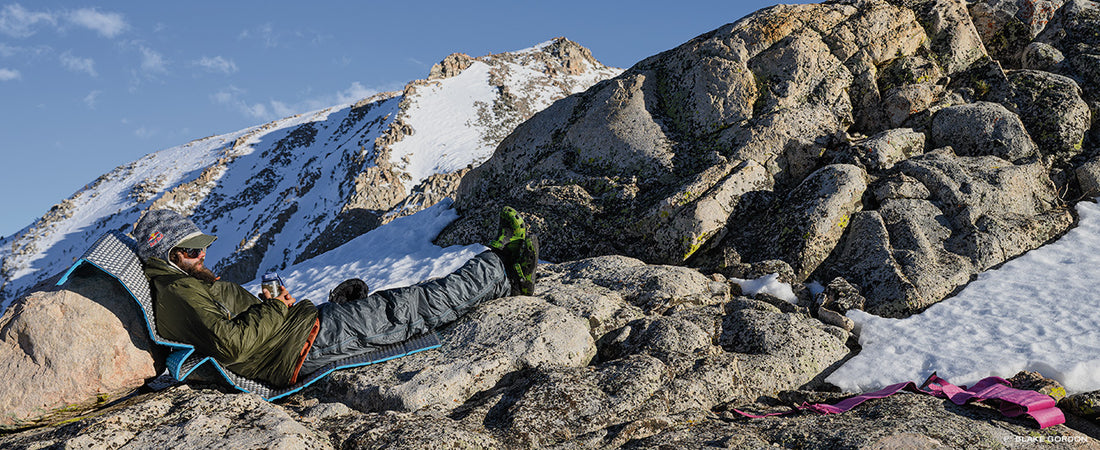Sierra Nevada
IDEAL SCENARIOS IN THE HIGH SIERRA

Introduction Nick Russell
We begin each season with an ideal scenario in mind: Stay healthy, ride new terrain, and maybe even document some snowboarding. For most, this scenario revolves around one simple, crucial, and uncontrollable ingredient: a good winter at home. For those of us living in California, a state cursed by drought over the past decade, it had been a while since nature provided an ideal scenario.The Sierra Nevada—more specifically the High Sierra—is a gem of North American mountain ranges. In my biased opinion, this is one of the greatest places in the world for human-powered snowboarding. The high concentration of rideable terrain throughout this rugged 400-mile stretch of ridgelines topping out above 14,000 feet is a freerider’s fantasy. Combined with frequent high pressure systems allowing passage into the alpine, it’s a place of endless potential–so long as there is snow on the ground. Big snow years, particularly in the Southern Sierra, have become less and less reliable recently due to climate change. In the heart of the range, it is feast or famine. We’ve learned to be patient throughout times of hunger and even more appreciative when served a full plate.
Subscribe for access to this article plus the entire archive of The Snowboarder’s Journal content—and receive a discount on all products. Subscribe Now

